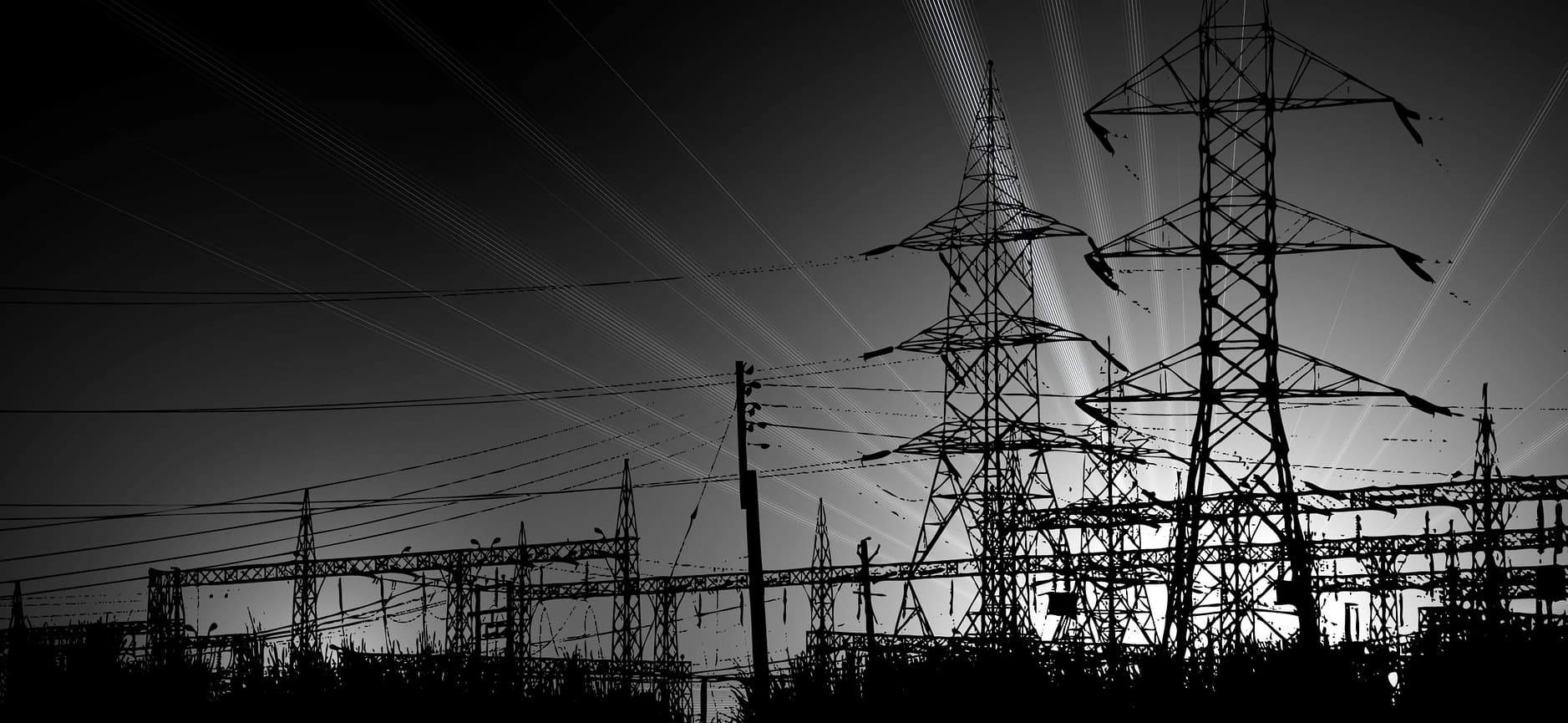
Pakistan has long had a chronic energy shortage. Over the last few decades various governments have tried to overcome this shortage by inviting foreign companies and offering them incentives. Twice in the last three decades – in 1994 under Ms Benazir Bhutto’s government and in 2002 under then military dictator General Musharraf – has the government of Pakistan signed agreements IPPs (independent Power producers) and once under Nawaz Sharif with RPPs (regional power producers) to overcome power shortage, lower power tariffs and reduce circular debt.
As of now, the current volume of the debt “is higher than the earlier reported figures by the power division. The debt volume has never decreased despite decreasing POL prices in the international market and government withdrawing subsidies on power bills domestically. According to NEPRA, circular debt went up by an average Rs 42 billion a month in 2018-19; the total bill went up by Rs 492 billion in 2018-19 alone. Transparency of figures is another issue as the power division reported an average Rs 10 -12 billion per month increase. This should have triggered a third-party audit or a forensic audit, which the IPPs always resist. The Pakistan People’s Party government of 2008-13 did not succumb to IPPs pressure to release Rs 500 accumulated as circular debt. Neither the government released the money, nor did IPPs stop production until the Pakistan Muslim League-N took over, which released the amount without any audit. Since then, power circular debt has become a permanent feature of our power circles which keeps on swelling.”
Just recently, the Imran Khan led PTI government has signed an agreement with IPPs. As an Editorial in Daily Times points out, “The government functionaries have hailed the agreement as a major breakthrough that will save billions giving direct and indirect relief to the government under IPPs’ slashed overall returns, which will reduce power bills. The revision of the agreement must bring down production expenses and circular debt besides improving public savings. Right now, circular debut pops up unwantedly and in March last, it forced the National Electric Power Regulatory Authority (NEPRA) to seek a power emergency when the circular debt reached Rs 1.93 trillion.”
However, this “agreement does not involve the power units set up under the China-Pakistan Economic Corridor and other larger IPPs besides WAPDA-run power companies and hydropower and nuclear power projects, which provide 75 percent of the power generation. Hopefully, the government will involve these units in the agreement as well so that a uniform payment mechanism is put in place. Moreover, the government should make future arrangements for securing the nation-friendly deals with international companies.”
![]()





